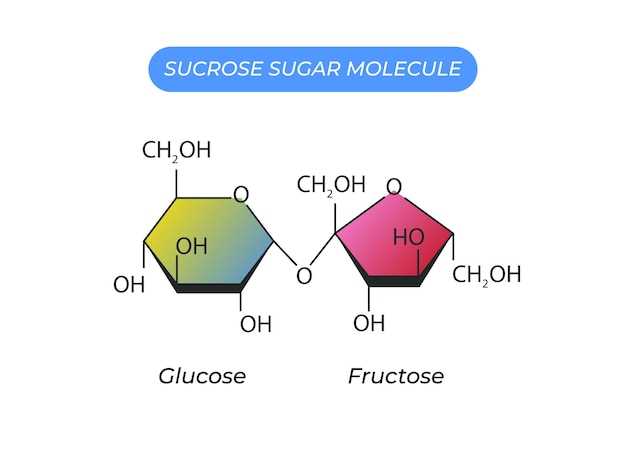
Silodosin and tamsulosin are both medications commonly prescribed to treat symptoms of enlarged prostate (benign prostatic hyperplasia). Let’s explore the key differences between these two drugs:
Silodosin: Silodosin works by relaxing the muscles in the bladder neck and prostate, making it easier to urinate. It is typically taken once daily and may have a faster onset of action compared to tamsulosin.
Tamsulosin: Tamsulosin also works by relaxing the muscles in the bladder and prostate, but it is usually taken once daily and can cause a decrease in blood pressure, especially when standing up quickly.
While both silodosin and tamsulosin are effective in treating symptoms of enlarged prostate, it is important to consult with your healthcare provider to determine which medication is best suited for your individual needs.
Definition and Purpose

In this section, we will define and discuss the purpose of silodosin and tamsulosin. Silodosin and tamsulosin are both medications classified as alpha-1 adrenergic receptor blockers. These drugs are primarily used to treat symptoms of benign prostatic hyperplasia (BPH), a common condition in aging men characterized by the enlargement of the prostate gland.
The purpose of silodosin and tamsulosin is to improve urinary symptoms associated with BPH, such as frequent urination, weak urine flow, difficulty starting or stopping urination, and the feeling of incomplete bladder emptying. By blocking the alpha-1 adrenergic receptors in the smooth muscle of the prostate and bladder neck, silodosin and tamsulosin help to relax these muscles, relieve obstruction, and improve urine flow.
Overview of Silodosin and Tamsulosin
Both Silodosin and Tamsulosin are medications used to treat symptoms of an enlarged prostate, also known as benign prostatic hyperplasia (BPH). These drugs belong to a class of medications called alpha-blockers, which work by relaxing the muscles in the prostate and bladder neck to improve urine flow and reduce symptoms such as difficulty urinating, weak urine stream, and frequent urination.
While both Silodosin and Tamsulosin are effective in managing BPH symptoms, they have differences in their mechanism of action and side effects. Silodosin specifically targets alpha-1A receptors in the prostate, leading to more selective and potent relaxation of the smooth muscle in the prostate and bladder neck compared to Tamsulosin, which acts on multiple alpha-1 receptors. This targeted approach of Silodosin may result in improved efficacy and tolerability for some patients.
| Silodosin | Tamsulosin |
| Silodosin targets alpha-1A receptors | Tamsulosin targets multiple alpha-1 receptors |
| More selective and potent | Less selective |
| Potentially improved efficacy | Widely used and well-established |
Mechanism of Action

Silodosin works by selectively blocking alpha-1a adrenergic receptors in the prostate, bladder, and urethra. This leads to relaxation of smooth muscle in these areas, improving urinary flow and reducing symptoms of benign prostatic hyperplasia(BPH).
Tamsulosin also targets alpha-1 adrenergic receptors but binds more broadly to alpha-1a and alpha-1b subtypes. By blocking these receptors, tamsulosin helps relax the smooth muscles in the prostate and bladder neck, improving urine flow and reducing BPH symptoms.
Silodosin Mechanism
Silodosin is a highly selective alpha-1 adrenergic receptor antagonist that primarily targets the alpha-1A receptor subtype, which is predominantly found in the prostate, bladder neck, and urethra. By blocking these receptors, silodosin inhibits the smooth muscle contraction in these areas, resulting in relaxation of the muscles and improved urine flow.
This selective action of silodosin on the alpha-1A receptors leads to fewer side effects compared to non-selective alpha-1 blockers, as it specifically targets the tissues involved in lower urinary tract symptoms related to benign prostatic hyperplasia (BPH).
Tamsulosin Mechanism
Tamsulosin is a selective alpha-1 adrenergic receptor antagonist that works by blocking the alpha-1A and alpha-1D subtypes of the alpha-1 adrenergic receptors. These receptors are located in the smooth muscle of the prostate, bladder neck, and urethra. By blocking these receptors, tamsulosin helps to relax the smooth muscle in these areas, leading to improved urine flow and reduced symptoms of benign prostatic hyperplasia (BPH).
Unlike older alpha-1 blockers, tamsulosin has a higher affinity for the alpha-1A receptor subtype, which is more prevalent in the prostate. This selective binding allows tamsulosin to target the prostate specifically, leading to fewer side effects compared to non-selective alpha blockers.
Efficacy
When comparing the efficacy of silodosin and tamsulosin in clinical trials, it was found that both drugs are effective in treating symptoms of benign prostatic hyperplasia (BPH).
Silodosin:
Silodosin has shown significant improvement in relieving lower urinary tract symptoms (LUTS) associated with BPH. Clinical trials have demonstrated that silodosin improves symptoms such as urinary frequency, weak stream, and incomplete bladder emptying.
In a study comparing silodosin and tamsulosin, it was found that silodosin was more effective in reducing the International Prostate Symptom Score (IPSS) and improving the quality of life in patients with BPH.
Tamsulosin:
Tamsulosin is also effective in improving symptoms of BPH. It works by relaxing the muscles in the prostate and bladder neck, making it easier to urinate. Clinical trials have shown that tamsulosin can reduce the symptoms of BPH and improve urinary flow rate.
While tamsulosin is widely used and well-tolerated, some studies suggest that silodosin may have a more significant impact on symptom relief and quality of life in patients with BPH.
Comparison in Clinical Trials
Several clinical trials have compared the efficacy and safety of silodosin and tamsulosin in the treatment of benign prostatic hyperplasia (BPH). One study found that silodosin showed a significant improvement in the International Prostate Symptom Score (IPSS) compared to tamsulosin, with a greater reduction in storage and voiding symptoms.
Another trial reported a higher rate of overall improvement in urinary symptoms with silodosin compared to tamsulosin. Silodosin was also associated with a lower incidence of adverse effects such as dizziness and retrograde ejaculation compared to tamsulosin.
Conclusion
In conclusion, based on the evidence from clinical trials, silodosin appears to be more effective in improving symptoms of BPH and has a better safety profile compared to tamsulosin. Patients may benefit from choosing silodosin over tamsulosin for the management of BPH.
Effectiveness in Symptom Relief
Silodosin: Silodosin has been shown to be effective in relieving symptoms of benign prostatic hyperplasia (BPH) such as urinary frequency, urgency, weak stream, and incomplete emptying. Clinical studies have demonstrated that silodosin significantly improves lower urinary tract symptoms compared to placebo.
Tamsulosin: Similarly, tamsulosin is also effective in providing symptom relief for patients with BPH. It works by relaxing the muscles in the prostate and bladder neck, improving urine flow and reducing symptoms such as hesitancy, weak stream, and nocturia. Clinical trials have shown that tamsulosin is well-tolerated and can significantly improve quality of life in BPH patients.
Overall, both silodosin and tamsulosin have demonstrated effectiveness in symptom relief for patients with benign prostatic hyperplasia, offering valuable treatment options for individuals suffering from this condition.
